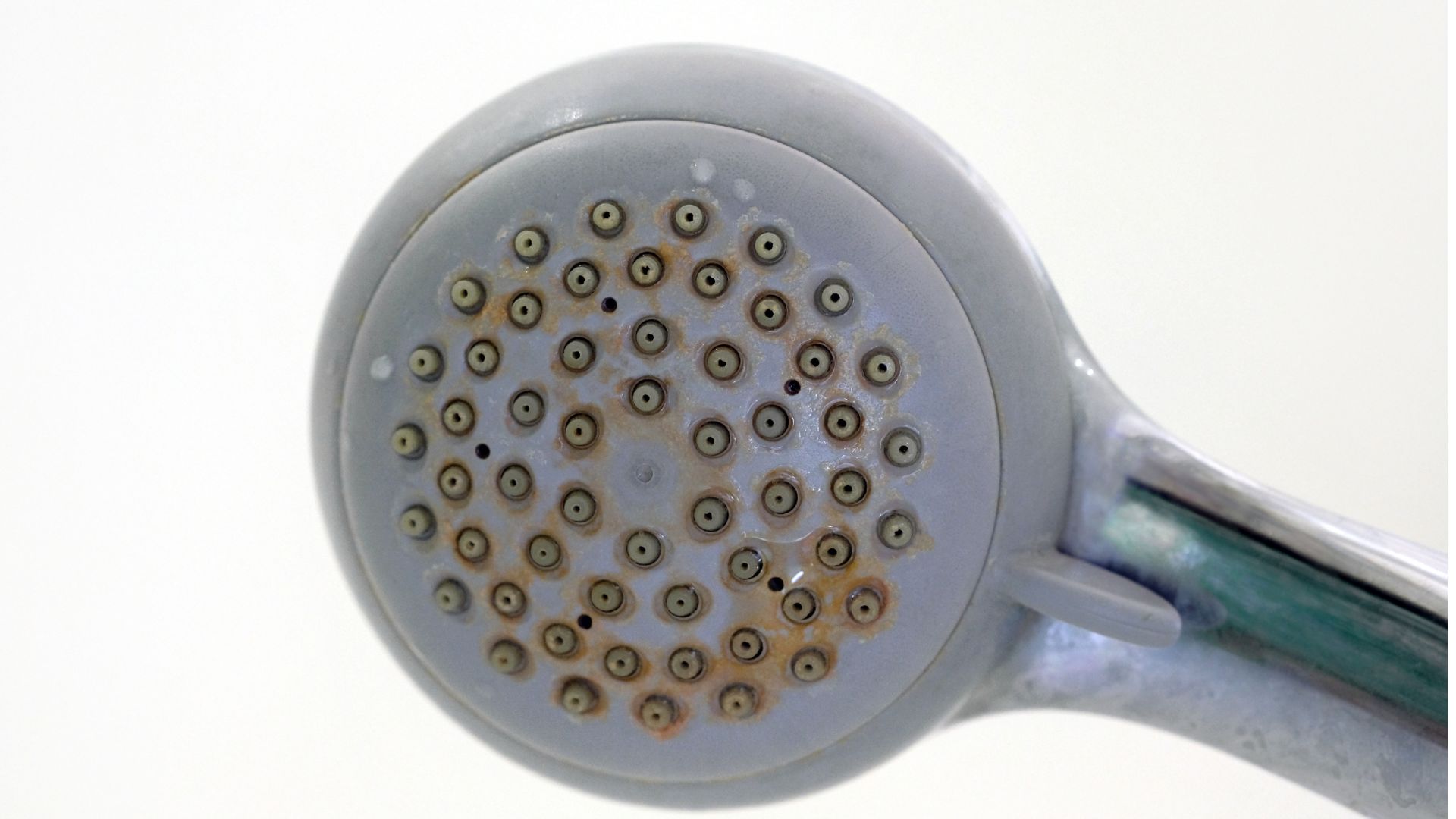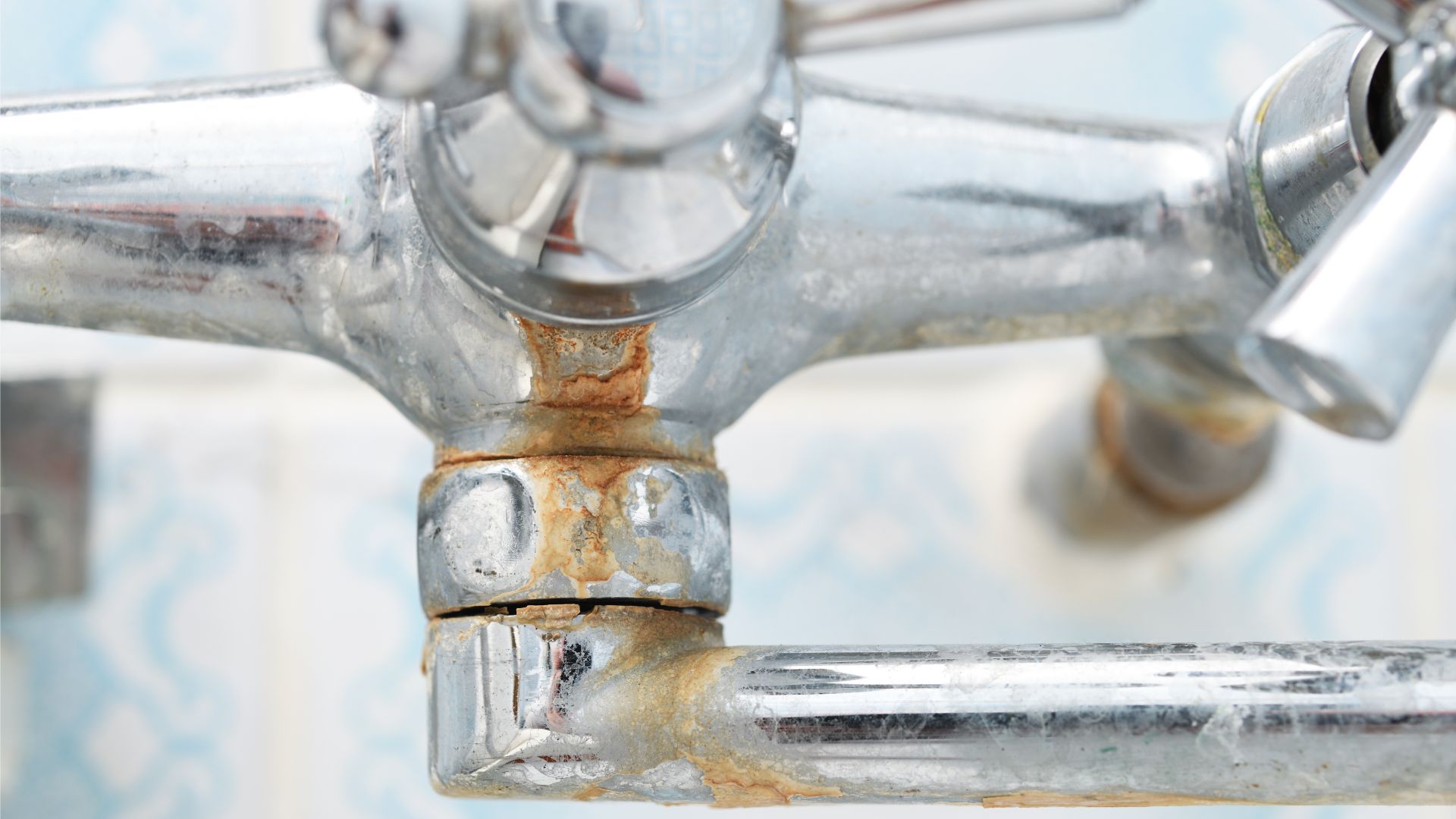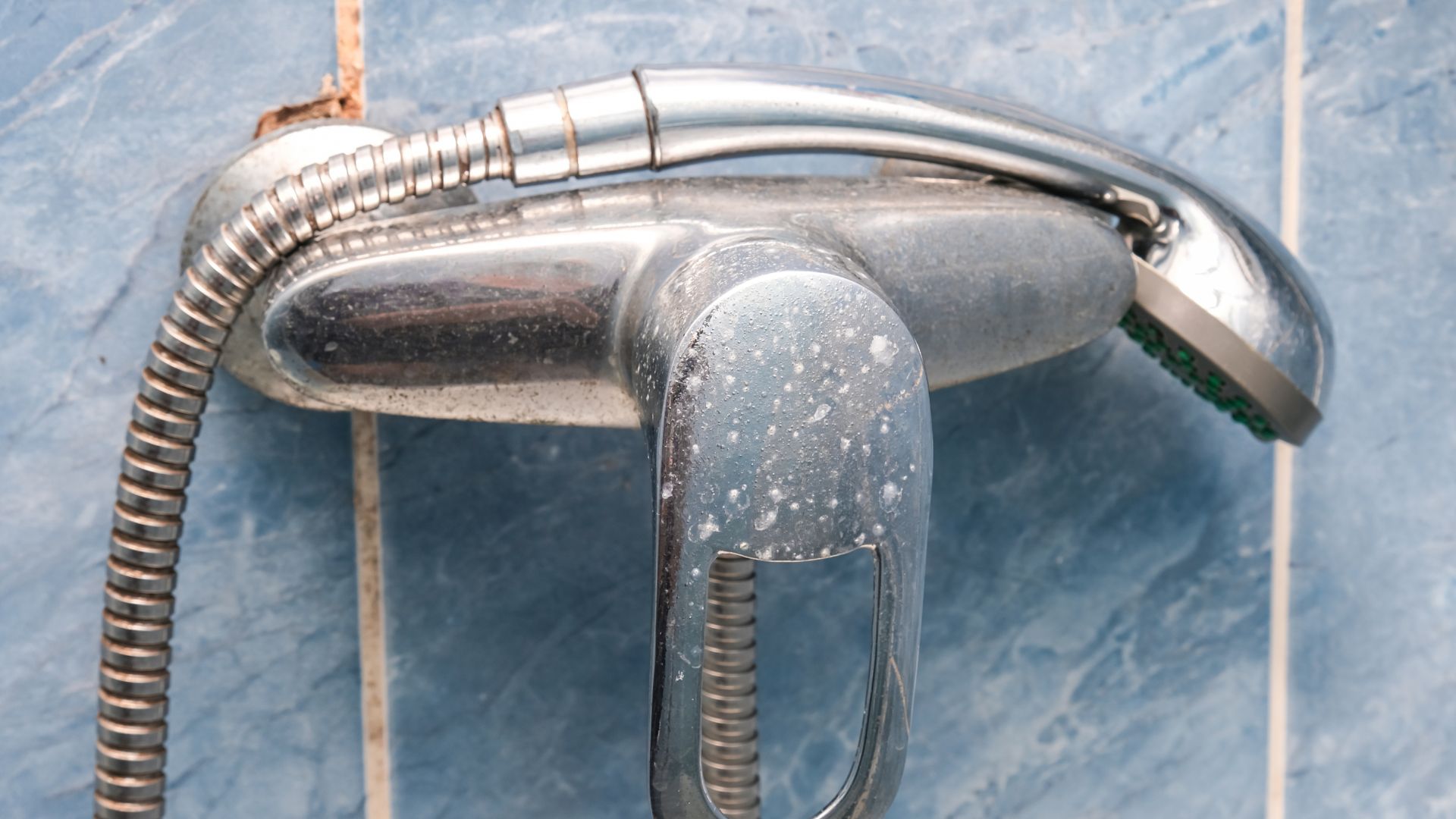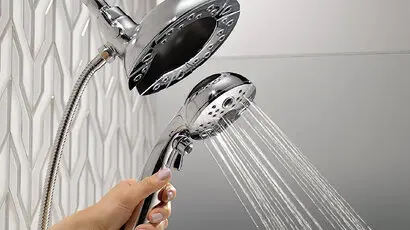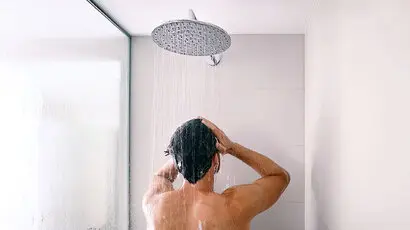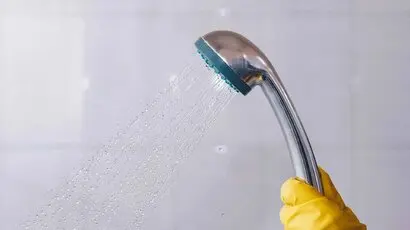Ever wondered why your water pressure seems weaker lately or why that tiny leak won’t stop? It might not be faulty plumbing—it could be mineral build-up. Most people don’t realise their tap water carries minerals like calcium and magnesium that slowly collect inside pipes and fixtures.
Over time, this harmless-sounding build-up can cause some serious headaches. Think blocked flow, worn-out seals, and rising water bills without warning. What starts as a bit of crust on the showerhead could end with water leaking behind your tiles. It’s a sneaky problem, and it often goes unnoticed—until it’s too late.
What is Mineral Build-up: What’s Lurking in Your Water?
Hard water isn’t dangerous to drink, but it can be trouble for your plumbing. It’s packed with minerals like calcium, magnesium, and sometimes iron. When water flows through your pipes, these minerals don’t just disappear; they stick around. Over time, they cling to the insides of pipes, taps, and showerheads. This is what’s known as mineral build-up.
One of the most common signs is a chalky white or greenish crust around taps or tiles. That crust is called limescale, and it’s not just an eyesore—it’s a sign your pipes are under pressure, literally.
As limescale builds up, it narrows the flow of water, creating resistance and putting extra stress on your plumbing system. It’s a bit like cholesterol in arteries—too much, and things start to go wrong. Left unchecked, this build-up can lead to leaks, damage, and higher energy costs.
![]()
How Mineral Deposits Lead to Shower Leaks
It may seem far-fetched, but mineral deposits are a top offender when it comes to shower leaks. Here’s how it unfolds.
As minerals accumulate, they start to block water flow. When water can’t pass through freely, pressure starts to build. This isn’t just a gentle push—it can be intense enough to wear down the plumbing joints behind your walls.
Next, seals around the showerhead or inside the wall cavities start taking the hit. These parts weren’t designed to hold back high pressure day in, day out. Over time, the constant stress causes them to loosen or crack. You might not notice it straight away—but behind the tiles, water could be seeping through tiny gaps.
Think of it like a clogged artery. When blood can’t flow, pressure builds up until something gives. The same logic applies here. A small blockage leads to pressure, pressure leads to stress, and stress leads to leaks.
Eventually, these microfractures become bigger problems. Tiles might lift. Water might appear in the hallway. Or worse, you might spot mould or rising damp creeping up the wall. It’s all traced back to something as basic as minerals in your water.
Warning Signs You’re Dealing With a Mineral-Induced Leak
Not every leak makes a dramatic entrance. Sometimes the signs are subtle and often dismissed. But if you know what to look for, you can catch it early.
First, take note of your water pressure. If your shower feels weak, no matter how far you turn the tap, mineral build-up could be clogging the pipes.
Next, look for white or green crusty rings on your showerhead, taps, or tiles. That’s limescale—a tell-tale sign of hard water.
Peeling paint, watermarks, or soft patches on the walls or ceiling near your shower? That’s not just bad luck. It often points to a slow leak hiding behind the scenes.
Another clue is a dripping tap that won’t stop, no matter how tightly you turn the handle. Worn seals affected by mineral stress are usually to blame.
Finally, odd noises like hissing or banging when you turn the water on or off can signal pressure issues.
What Happens If You Ignore It? The Real Cost of Inaction
![]()
Turning a blind eye to a small leak caused by mineral build-up might seem harmless—until it’s not. Over time, that steady drip can lead to serious water damage behind walls, under tiles, and even into neighbouring rooms.
Dampness creates the perfect breeding ground for mould, which brings health issues, musty odours, and costly remediation bills.
Then there’s the water bill. That tiny drip adds up, quietly driving costs higher month after month. And if the damage spreads, you could be looking at major plumbing repairs or even full bathroom renovations.
How to Prevent and Fix Mineral Build-up Problems
Mineral build-up might be unavoidable in areas with hard water, but preventing damage from it is completely doable with a little care and the right tools. One of the simplest and most cost-effective ways to stay ahead of the problem is regular cleaning.
Spray your showerhead, taps, and tile edges with white vinegar or a commercial descaler every few weeks. It helps break down limescale before it hardens and causes damage.
If you’re constantly scrubbing away chalky deposits, it might be time to consider a longer-term solution like installing a water softener or an inline water filter. These systems reduce the amount of calcium and magnesium entering your plumbing, making future build-up far less likely.
Another smart habit is conducting routine visual checks. Look at your fixtures, grout lines, and ceilings around the bathroom. Any unusual marks, crusty rings, or slight leaks are worth investigating sooner rather than later.
![]()
For deeper issues—like low water pressure, persistent drips, or signs of internal leaks—it’s best to call in a licensed plumber. A professional can assess your system, clean or replace affected components, and make sure your plumbing is in top condition.
Ignoring the early signs can lead to expensive repairs later. But with regular maintenance and expert help when needed, you can stay ahead of mineral build-up and keep your bathroom leak-free and stress-free. Prevention isn’t just easier—it’s cheaper too.
Drips Today, Drama Tomorrow: Let WP Plumbing Handle It
A tiny leak might not seem urgent—until you’re staring at soggy plaster or a sky-high water bill. Mineral build-up is one of those sneaky problems that creeps up unnoticed, slowly clogging your pipes and weakening seals. Before you know it, that crusty showerhead has led to cracked tiles, mouldy walls, and serious plumbing issues.
Tired of guessing what’s wrong? WP Plumbing has the experience to spot and fix hard water problems before they spiral. We’ve seen it all and sorted it fast. Don’t wait for visible damage. Book an inspection today and let our team give you honest advice and effective solutions to keep your bathroom flowing smoothly. Let the drip stop here.

